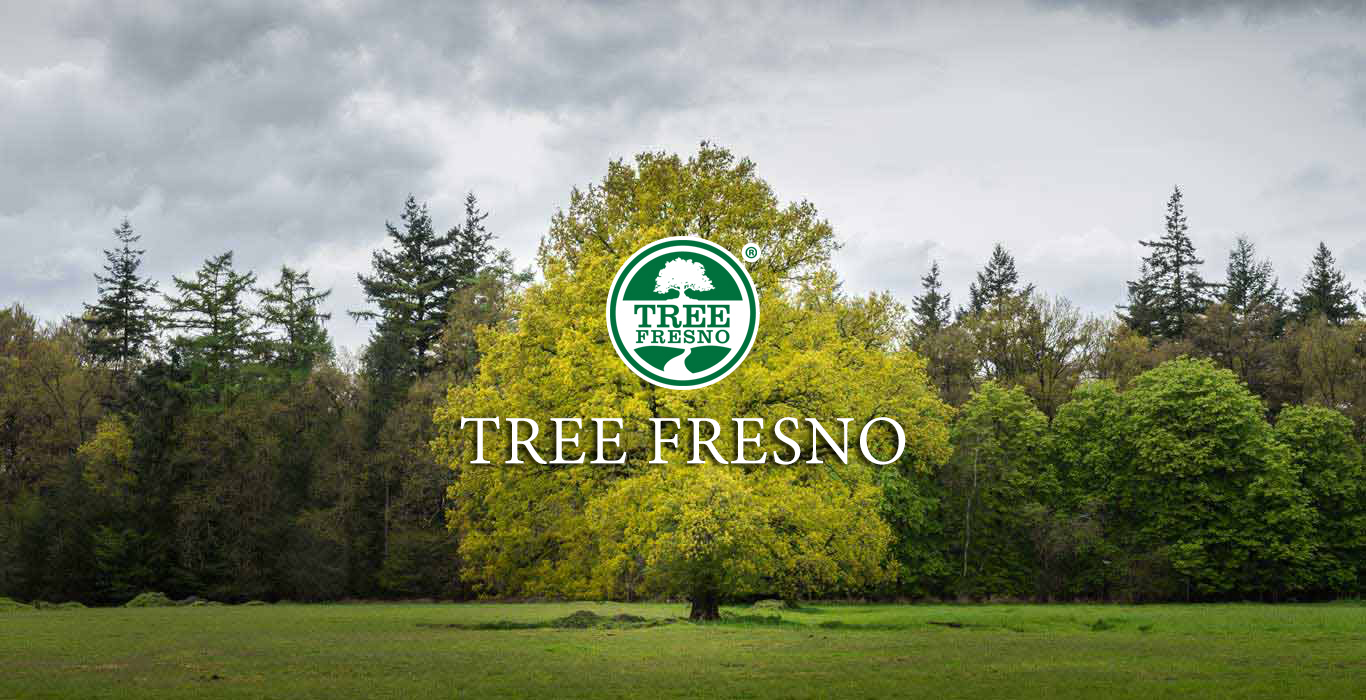
Hot cities are ‘heat islands’ that contribute to ozone
In sweltering September 2011, Fresno could have used more trees. Temperatures climbed, winds died and lung-searing ozone spiked the season’s highest readings on three days.
Worse yet, all three peaks broke the one-hour federal ozone standard between 3 p.m. and 4 p.m. on weekdays when children were outside after school.
An extensive canopy of trees over streets, parking lots and driveways might have kept ozone-cooking heat down just enough to avert those dangerous peaks, say researchers. Plus, trees actually take pollutants out of the air.
It’s time to talk seriously about using trees and other city-cooling ideas, such as reflective or cool roofs, to end the San Joaquin Valley’s decades-long quest to achieve the federal one-hour ozone standard, say air-quality leaders.
These days, only a few parts per billion of ozone on a few days a year separate the Valley from the achievement…
“I don’t think there’s any doubt that we all would benefit from more trees,” he said. “It’s not just a matter of planting new trees. We need to replace trees that have died and retain mature trees in this city.”
